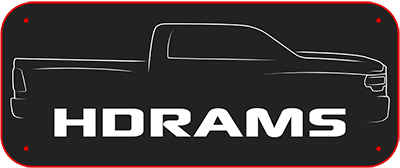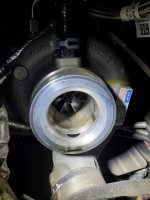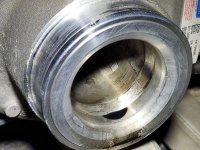The CCV system is piped into that intake tube. You may get a minor amount of oil residue in the inlet of the turbocharger, but you shouldn’t see pooling or puddling. If you’re seeing that much oil over there, I would investigate the following:
1. Was the oil recently changed, and if so, was the oil given at least 30 minutes to drain out properly (while at operating temperature) in order to make sure there was little to remaining oil left in the engine when the new 12 quarts were added? Check the engine oil level on the dipstick and note the level. If it is showing over max level, this can contribute to excessive oil on the turbo and intercooler piping.
2. Monitor your trucks regeneration cycles. If the truck is running regen cycles more frequently, you may see an increase in fuel added to the engine oil, which raises the oil level in the sump. This leads to the same outcome as mentioned in #1. Excessive oil in the sump can get drawn into the intake piping.
3. If you’re operating in an environment that gets very cold, there have been cases where residual moisture and condensation that gets trapped in the CCV filter and cover area has frozen, resulting in increased draw across the system and more oil being pulled into the turbocharger piping.



